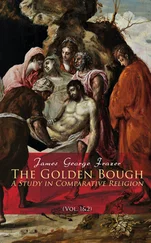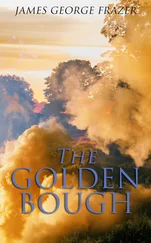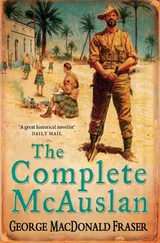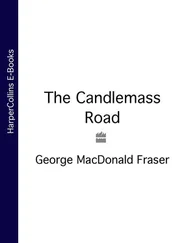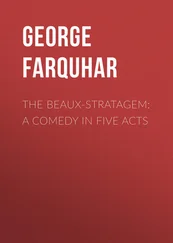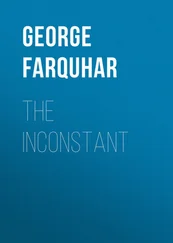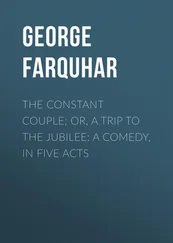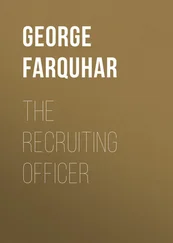George Fraser - The Steel Bonnets
Здесь есть возможность читать онлайн «George Fraser - The Steel Bonnets» — ознакомительный отрывок электронной книги совершенно бесплатно, а после прочтения отрывка купить полную версию. В некоторых случаях можно слушать аудио, скачать через торрент в формате fb2 и присутствует краткое содержание. Жанр: unrecognised, на английском языке. Описание произведения, (предисловие) а так же отзывы посетителей доступны на портале библиотеки ЛибКат.
- Название:The Steel Bonnets
- Автор:
- Жанр:
- Год:неизвестен
- ISBN:нет данных
- Рейтинг книги:4 / 5. Голосов: 1
-
Избранное:Добавить в избранное
- Отзывы:
-
Ваша оценка:
- 80
- 1
- 2
- 3
- 4
- 5
The Steel Bonnets: краткое содержание, описание и аннотация
Предлагаем к чтению аннотацию, описание, краткое содержание или предисловие (зависит от того, что написал сам автор книги «The Steel Bonnets»). Если вы не нашли необходимую информацию о книге — напишите в комментариях, мы постараемся отыскать её.
The Steel Bonnets — читать онлайн ознакомительный отрывок
Ниже представлен текст книги, разбитый по страницам. Система сохранения места последней прочитанной страницы, позволяет с удобством читать онлайн бесплатно книгу «The Steel Bonnets», без необходимости каждый раз заново искать на чём Вы остановились. Поставьте закладку, и сможете в любой момент перейти на страницу, на которой закончили чтение.
Интервал:
Закладка:
4.Considering that it was alive with thieves and ruffians, the Border country was surprisingly short of prisons. One later English Warden, Ralph Eure, found that Hexham jail was so unfit for habitation “that I am forced to pasture myne own house with such men as are of the better sort.”
5.Hot trod—lawful pursuit of reivers.
6.The question which of the two English Marches, West or Middle, sustained the greater damage from raiding, is highly debatable. William Bowes once estimated the spoils in the West as being twice as great as those in the Middle and East combined, but the statistics as a whole are contradictory, and relate only to a comparatively short period of Border history. One thing seems likely, on the evidence, and that is that the Cumbrian riders did more damage to Scotland than they suffered in return.
V
“A martial kind of men”
It is impossible to say how many people lived in the sixteenth-century Borderland, but a rough idea may be given. D. L. W. Tough made an ingenious calculation based on the muster rolls of the English Marches in 1584; 1 these were supposed to include every man between 16 and 60, and by taking this age group to be a certain proportion of the whole, Tough was able to arrive at a figure of about 120,000 as the total population of the English Border. Checking against later census figures seemed to confirm his estimate, and for what it is worth it is interesting to make comparison with known populations in our own time.
In 1959 there were 45 million people in England and Wales; four centuries earlier, as nearly as can be estimated, there were about 45 million—a tenth of the modern figure. In 1959 there were 1,170,600 persons in Cumberland, Westmorland and Northumberland, and a tenth of that gives a 1559 population of 117,000, which is very close to Tough’s figure. Of course, this is a questionable calculation, but it is probably the best we can do.
Scotland is more difficult, because information is even scarcer than for England. Tough got as close as he could by making comparison with early nineteenth-century figures, and assuming a total Scottish population in 1600 of 600,000, arrived at a figure for the Scottish Borders of almost 45,000.
If this figure is subjected to the 1959 comparison, as we have done for England, it does not appear to stand up. Here it is:
In 1959 the population of Scotland was 5 million; in 1559, by reasonable deduction, it was possibly about half a million—one-tenth, as in the case of England. But the Scottish Border population in 1959 was 192,836, and one-tenth of that gives only 19,000 people in 1559, which is less than half of the 45,000 Tough estimated for 1600.
There is a possible explanation, and it tends to confirm Tough’s higher figure. Thanks to urban development in places like the Newcastle area, Carlisle, and the Cumbrian west coast, the population of the English Marches has probably kept pace over the centuries with the growth of England as a whole. But we may be sure that the Scottish Border has not kept pace with total Scottish growth; it has had no urban development like that of Northern England. So it is reasonable to assume that Scottish Border population has declined proportionately, and that the 1559 population figure would in fact be much higher than a straightforward comparison with 1959 suggests. Seen in this light Tough’s 45,000 seems reasonable—indeed, he himself wondered if it was not too low.
If we take 120,000 English and 50,000 Scots as the sixteenth-century Border population we are probably not far off the mark. And while we lack accurate figures, there are some facts obtainable; a document of November 1596 states categorically that the English West and Middle Marches far outnumber their Scottish opposites. It adds that the English East March is smaller and weaker than either of the others by “two-thirds at least”, and points out that the Scottish East and Middle Marches together contain 400 villages and steads, while the English East March has only 120. This loaded comparison indicates that the English East March felt itself very much the prey of the two Scottish Marches (see also Chapter XII).
But if there is doubt about the Borders’ numerical population, there is none about what kind of people they were. Visiting contemporaries as well as local sources are emphatic. Barbarous, crafty, vengeful, crooked, quarrelsome, tough, perverse, active, deceitful—there is a harmony about the adjectives to be found in travellers’ descriptions and official letters. In general it is conceded that the Borderers, English and Scottish, were much alike, that they made excellent soldiers if disciplined, but that the raw material was hard, wild, and ill to tame.
The younger Surrey, 2 the great English veteran who led the van at Flodden when England inflicted the heaviest defeat in Scottish history, was in no doubt about the Scottish Borderers. To him they were “the boldest men, and the hottest, that ever I saw any nation”. Froissart, writing from an earlier period, but again out of a knowledge that was Border-based, thought both Scots and English “good men of war, for when they meet there is a hard fight without sparing: there is no ‘Ho!’ between them as long as spears, swords, axes, or daggers will endure, but lay on each upon other”. How right he was; of course, he and Surrey were looking at the Borderers as soldiers, but on the frontier the line between civil and military was often ill-defined, even in peace-time.
Camden found the Borderers hard, like their country. “In the wastes … you may see as it were the ancient nomads, a martial kind of men who, from the month of April into August, lie out scattering and summering with their cattle, in little cottages here and there, which they call sheils and sheilings.” He could not survey the Roman Wall as closely as he wished “for the rank robbers thereabout”.
Camden knew the Scots West Marchmen as “infamous for robberies”; his view is balanced by the account of the English Middle March in 1549, from the Chorographia:
“The chief [dales] are Tynedale and Redesdale, a country that William the Conqueror did not subdue, retaining to this day the ancient laws and customs. These Highlanders are famous for thieving; they are all bred up and live by theft. They come down from these dales into the low countries, and carry away horses and cattle so cunningly, that it will be hard for any to get them or their cattle, except they be acquainted with some master thief, who for some money may help them to their stolen goods, or deceive them.”
Probably the fullest contemporary description of sixteenth-century Border life is that given by Leslie, Bishop of Ross, who will be more fully quoted in the chapter on reiving technique. He was a close student of social matters, and for the Scottish side at least, his account is the best obtainable.
The Borderers, he writes, “assume to themselves the greatest habits of licence.… For as, in time of war, they are readily reduced to extreme poverty by the almost daily inroads of the enemy, so, on the restoration of peace, they entirely neglect to cultivate their lands, though fertile, from the fear of the fruits of their labour being immediately destroyed by a new war. Whence it happens that they seek their subsistence by robberies, or rather by plundering and rapine, for they are particularly averse to the shedding of blood; nor do they much concern themselves whether it be from Scots or English that they rob and plunder.”
Leslie has a good deal to say of the characters of the Borderers, and it is not all bad. He is the main authority for the myth that they were reluctant to kill, except in feud; he also maintained “that having once pledged their faith, even to an enemy, they are very strict in observing it, insomuch that they think nothing can be more heinous than violated fidelity.”
Читать дальшеИнтервал:
Закладка:
Похожие книги на «The Steel Bonnets»
Представляем Вашему вниманию похожие книги на «The Steel Bonnets» списком для выбора. Мы отобрали схожую по названию и смыслу литературу в надежде предоставить читателям больше вариантов отыскать новые, интересные, ещё непрочитанные произведения.
Обсуждение, отзывы о книге «The Steel Bonnets» и просто собственные мнения читателей. Оставьте ваши комментарии, напишите, что Вы думаете о произведении, его смысле или главных героях. Укажите что конкретно понравилось, а что нет, и почему Вы так считаете.

